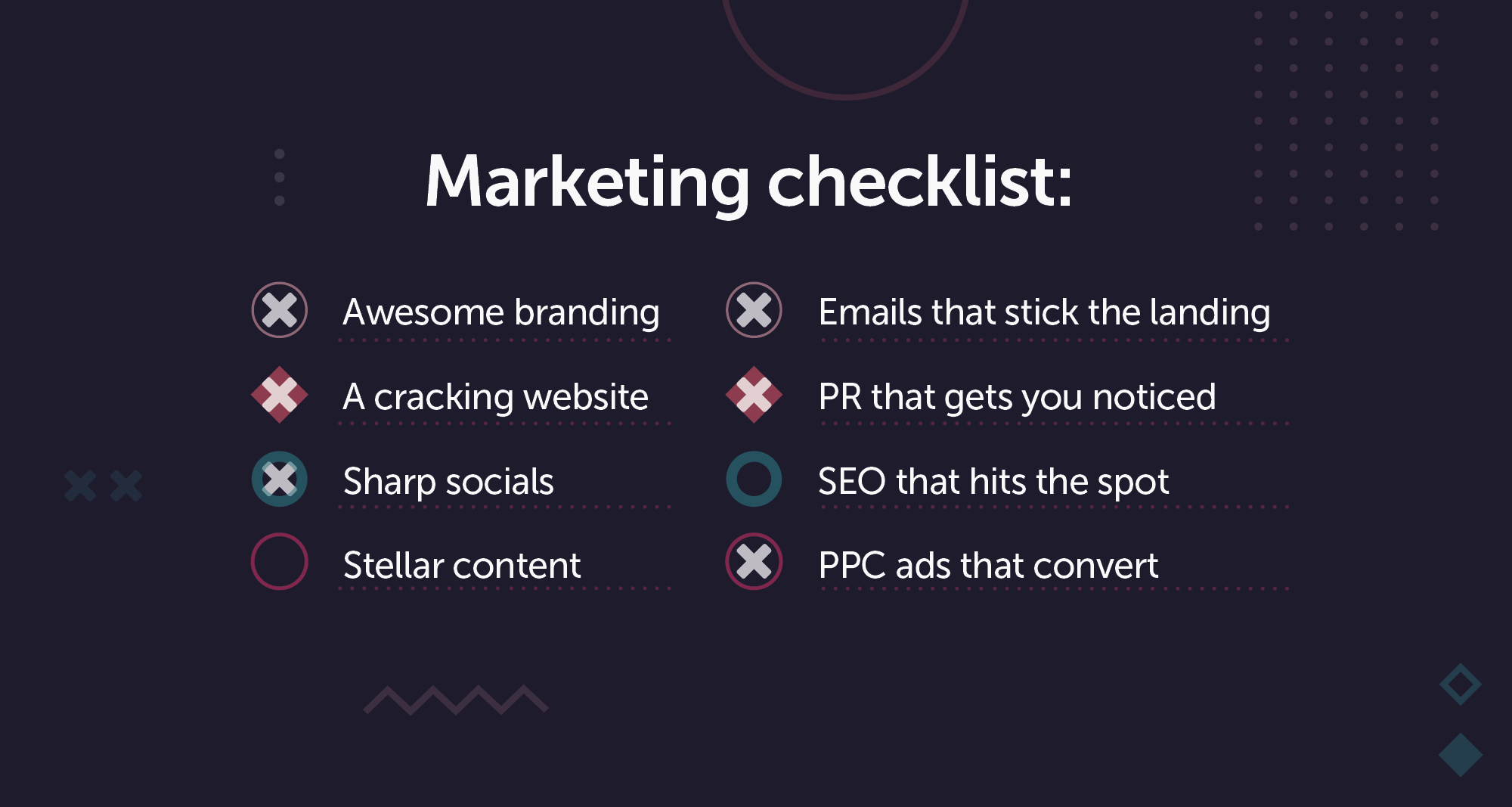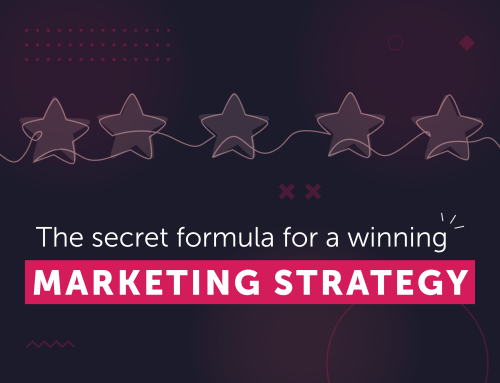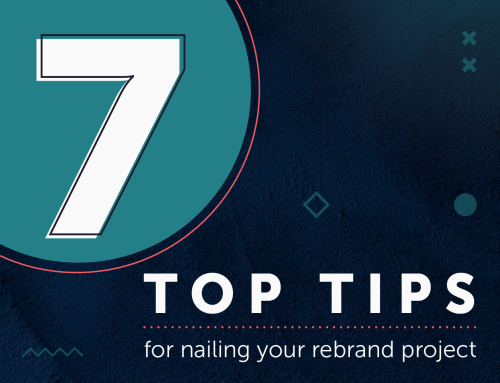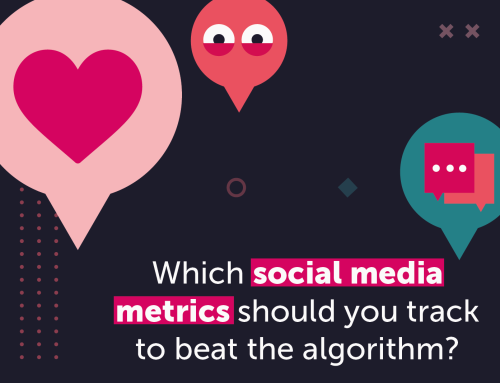Feel like you’re missing something? Whether you’re struggling with your brand identity and website or you’re not sure where to begin with SEO and PPC ads, our marketing checklist will steer you in the right direction for the year ahead…

Awesome branding
Let’s start with arguably the most important thing to get right: your brand. (Some may argue that your website is the most important thing — but if you’ve ever tried to design and develop a website before having a clear brand identity, you’ll know what an arse-about-face approach that is.) Without any brand guidelines, things can get messy. Your guidelines should include your:
- Approved brand logo and examples of misuse of the logo.
- Primary and secondary colour palette (including Pantone, Hex, CYMK or RGB references).
- Typography — showing the font, size and colour to use for different situations.
- Hero imagery and a bank of additional images to choose from for different content.
- Tone of voice (TOV) guidelines.
- Straplines and key messaging.
A cracking website
What’s the point of sending people to your website if it’s slow, unresponsive, unappealing and has a rubbish user experience? Quite frankly, you’re wasting your time. Your website forms the backbone of all your other marketing, so it better be good. A quick audit of your site will show you what’s working well and what’s — to be blunt — crap. Here’s what to look for:
- Are you happy with your website hosting? If the customer service is sh*t and the server is constantly down, it may be time to look elsewhere.
- Is the website easy to navigate? A good user journey is essential if you want people to stay on your site and convert — they should be able to flow through your website without having to click back multiple times to find what they’re looking for.
- Are your social icons visible on the page?
- Does your ‘About’ page clearly explain who you are/what you do? (You’d be surprised how many sites we see where we’re none the wiser after five minutes of reading.)
- Does the website align with your brand guidelines?
- Have you got clear calls to action? You know, those little bits of text or buttons that tell people what to do next?
- Do all the links work? No one likes 404 error messages.
- Have you got an SSL certificate? (Essential if you’ve got an e-commerce site!)
- Is your site optimised for mobile and search engines (more on that later)?
- Does your site take less than three seconds to load? If it takes longer, people won’t hang about.
- Are you using all the plugins you’ve installed? The general rule of thumb is the fewer plugins, the better.
- Is your content management system (CMS) up to date?
- Have you got Google Analytics set up? This powerful little tool measures all sorts of data about your site.
- And finally, do you actually like your website? If YOU don’t even like it, chances are potential customers won’t either.
Sharp socials
Social media might look like a numbers game, but it’s as much about the quality of your content, followers and engagement as the quantity. It’s also important to remember that each channel requires a different approach, and not every channel will work for every business. So, once you’ve chosen your platforms, here’s what to do:
- Complete your profile on all channels. This includes your business name and handle, address, bio and other essential information.
- Make sure your handles are consistent or at least similar across all your social platforms.
- Follow fellow businesses, brands and industry’ influencers’ your audience might be interested in.
- Research which hashtags to use (a mixture of niche and generic, high-reach hashtags is best) and make sure you know how many to use for each social channel.
- Tag relevant publications or people and use hashtags effectively to further the reach of your content.
- Create a clear content strategy and calendar of posts for each platform. (P.S. You can’t just post the same thing across all the channels — requirements for Instagram and Twitter are very different, for example!)
- Make sure you have someone on hand to write all your social media content and create the visuals.
- Check that your content strikes the right balance between promotional, informative and entertaining.
- Get your hands on a scheduling/publishing tool. Trust us, posting content in real-time is a ballache.
- Monitor your social media accounts to see what’s performing well and where you can improve.
Stellar content
Clever copywriting and content is the secret to promoting your business without appearing overtly ‘salesy’. Rather than shove your readers in the direction of your products or services, insightful and informative thought-led content gently nudges them that way. Go through this list to ensure your content hits the mark:
- Do you have a wide range of content — from website copy to blogs?
- Does the content follow your tone of voice guidelines? (Do you even have any? If not, see above!)
- Is your content 80% educational/inspiring/thought-provoking and 20% promotional? No one likes the guy that just talks about himself all the time.
- Have you included keywords within your content?
- Is the content engaging and suitable for your target audience?
- Is the content well-written and typo-free?
Emails that stick the landing
How many emails land in your inbox (and, subsequently, your trash) every day? Equally, how many times has an enticing email duped you into buying something you didn’t even know you needed? Get it right, and email marketing will help you speak directly to your audience, enabling you to build brand awareness and loyalty. Just make sure you can answer ‘yes’ to these questions before giving it a crack:
- Do you have a GDPR-compliant database to target with your emails?
- Do you know how to build HTML emails — or if not, have an email marketing platform you can use to build and send out your emails from?
- Do you know how to carry out thorough browser and inbox testing for both mobile and desktop devices to ensure everyone sees your email as intended?
- Do you understand the difference between bounce rates, open rates and click-through rates? And do you know what your industry benchmarks are for these metrics?
- Do you have a tool you can use to analyse the above metrics and see how you’re performing and continually improve results?
PR that gets you noticed
They say that ‘publicity is what you pray for’. And for good reason. No one likes a show-off, which is exactly why PR marketing is so effective. Rather than boast about how great your business is, PR is all about getting someone else to say how great you are. To get started with PR, you’ll need:
- A press list (covering both digital and print titles) to pitch to.
- Publication-ready content. What’s considered ‘publication-ready’ will depend entirely on each publication’s requirements, so make sure you check their media packs for the details.
- Someone to write the content!
SEO that hits the spot
Search engine optimisation is a big part of any digital marketing strategy. It can be a bloody minefield, but if you want to improve your site’s visibility in Google’s search results and drive the right traffic to your pages, it’s essential. Just make sure you’ve covered off everything on this checklist before going it alone:
- Do you know the difference between ‘SEO’, ‘SERP’ and ‘EAT’?
- Have you got a list of keywords to use throughout your website and content? Remember, it’s a delicate balance between volume and keyword difficulty.
- Are you using your chosen list of keywords effectively across your website, blogs, social media and PPC ads (see below)?
- Is your website optimised for search engines? This includes things like clear title labels, header tags and meta descriptions.
- Are you using internal and external backlinks effectively? (And, crucially, do all these links work?)
- We’ve mentioned it above, but we’ll say it again: do you have an SSL certificate?
- Do you have time to stay on top of the constantly changing world of SEO — keeping up with the most recent best practices, guidelines and Google algorithm updates?
- Do you understand how to analyse and tweak your website’s SEO to perform the best it can in online search results?
PPC ads that convert
Whereas SEO is a long-term strategy, PPC (pay-per-click) advertising allows you to show ads to your target audience almost immediately, within minutes of launching a campaign. Plus, as the name suggests, you only ever pay when a user actually clicks on your ad — winning! But PPC’s not for the faint-hearted, so check all these questions make sense before giving it a go:
- First thing’s first: do you have a Google Ads account?
- Have you got your keywords to hand? And have you thought about negative keywords — the ones you don’t want your ads to appear for?
- Do you know who you’re targeting? You can set your ads to target users with a range of characteristics — from geographic location to age, gender and even their device type.
- Have you got a landing page to direct your ad to? This needs to be aligned with the keywords in your ad, so you’ll most likely need to create a page specifically for this.
- Is there someone who can create the copy for you and imagery (if needed — not all ads require an image)?
- Have you thought about your KPIs for the ad?
- Do you know how to track your conversions?
- Do you understand what all the metrics mean and how you can adjust your ad and the budget to see better results?
Got everything ticked off? No? We get it; it’s a lot. Especially if your marketing resources are already stretched… But don’t worry — we’ll help you tick off everything in your marketing checklist. From websites, branding, content and social media to email marketing, PR, SEO and PPC, we’ve got you covered with our creative work and monthly marketing packages.










